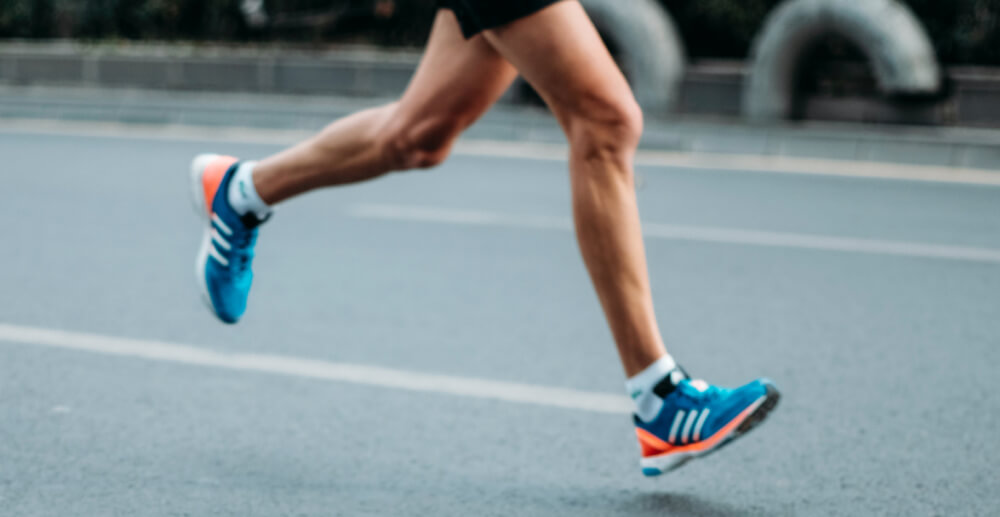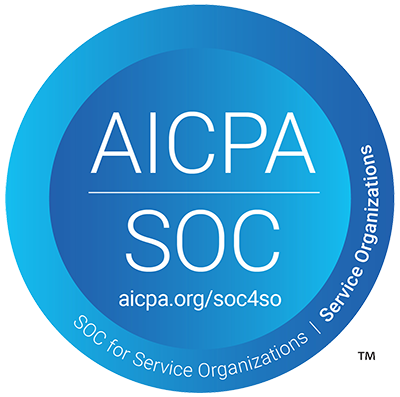Chronic pain affects all aspects of your well-being—physical, mental, emotional, and spiritual.
Opioid addiction has been at the forefront of many minds in the addiction world in recent years, with 109,680 drug overdose deaths in 2022. A national public health emergency was declared about the opioid crisis on October 26, 2017, which has been renewed again and again since then (most recently on July 1, 2023).
The first wave of the opioid crisis developed partially as a result of opioids being overprescribed for pain relief. When a person relies on an opioid medication long-term in order to be able to function normally, they commonly develop dependence. With opioids, there is a heightened risk of addiction, which goes beyond dependence. Although opioids are effective pain relievers that have a place as a legitimate treatment option for those suffering chronic or extreme pain, they are not the only possible treatment. We need to bring other options to light for those who choose not to take opioids any longer, or who can’t safely take them anymore due to their addiction issues.
A recent study showed that people with chronic pain were at an increased risk of opioid overdose. It is important, therefore, that any attempts to treat addiction to opioids make adequate provision for pain relief through other means.
To be clear, pain is not just a minor inconvenience. Chronic pain has a major impact on well-being and quality of life. While it is felt in the body, pain is a function of the brain and the nervous system. Chronic pain alters brain structures and leaves the sufferer highly prone to depression, anxiety, and reduced mental functioning.
There are several medical approaches to help people deal with opioid addiction, but other complementary, holistic solutions also exist.
Yoga offers a holistic solution to pain for many people.
If you have chronic pain, you might be rolling your eyes at the mention of yoga. But yoga is more than an exercise class. It has been shown to positively impact the structure and functioning of the brain, release physical and mental stress, promote relaxation of body and mind, and improve positivity. Yoga can help ease the depression and stress that can be created by and that create pain and addiction.
M. Catherine Bushnell, Ph.D., of the National Center for Complementary and Integrative Health (NCCIH) at the U.S. National Institutes of Health (NIH), found that “Practicing yoga has the opposite effect on the brain as does chronic pain.”
1. Yoga changes the brain.
Regular yoga practice was found to increase the insula gray matter of the brain that affects tolerance to pain, making practitioners of yoga better able to cope with pain.
Yoga increases the production of the neurotransmitter GABA. GABA deficiency leads to increased sensitivity to pain, as well as anxiety, increased risk of addiction, and more. Increasing levels of GABA in the brain reduces anxiety and depression, increases tolerance to pain, and promotes relaxation, all of which help anyone in chronic pain to feel better naturally.
2. Yoga improves relaxation.
Pain and addiction create tremendous stress and tension in the body and mind. This stress exacerbates feelings of pain, as the tension can create pain of its own to add to the existing pain. Yoga practices that promote deep relaxation, like restorative yoga, or Yoga Nidra can combat these effects. The Gitananda tradition, which I was trained in, includes a wonderfully deep relaxation called Kaya Kriya which offers a powerful, dynamic pain relief.
3. Yoga harnesses the power of the breath.
Pranayama, the practice of energy control through the breath, has a powerful impact on body, mind, and emotions. Through the breath, we can soothe the nervous system and switch from the flight or fight response created by stress, the state of anxiety and fear, to the relaxation response, one of calm and peace of mind.
Through learning to control, deepen, and slow the breath, we can develop increased resilience to stress and pain. Learning to breathe well can be a powerful tool to aid sustainable recovery from addiction, and has been shown to reduce pain in even severe instances.
4. Yoga is meditation.
Studies have shown that meditation practices have a powerful impact on the brain, reducing activity in the primary somatosensory cortex, the area of the brain that controls the extent and location of pain felt, and increasing activity in the areas of the brain that create coping strategies. It has even been suggested that meditation is more effective for the treatment of pain than opiates such as morphine.
5. Yoga improves gratitude.
The yogic concept of Santosha, or gratitude, is becoming very well known as a powerful tool for growth and well-being. A regular gratitude practice increases positivity, which tends to lead to improved physical health. There are many anecdotal accounts of people living with chronic pain who have found a daily gratitude practice, listing all the things they can find to be grateful for, to be of tremendous value in helping them manage pain.
Yoga is not a magic bullet or instant fix, and it’s not well suited to every person. But for many, it can offer a great deal to the treatment of addiction and the reduction of pain, stress, and unhappiness. There is much more to it than the development of a flexible body (although this is a benefit in itself). There is power in the practices and concepts of a tradition that reaches back down the millennia, and much that we can use to heal our own pain and the national tragedy that is the opioid crisis. If chronic pain is part of your life, incorporating yoga may offer you some relief.









